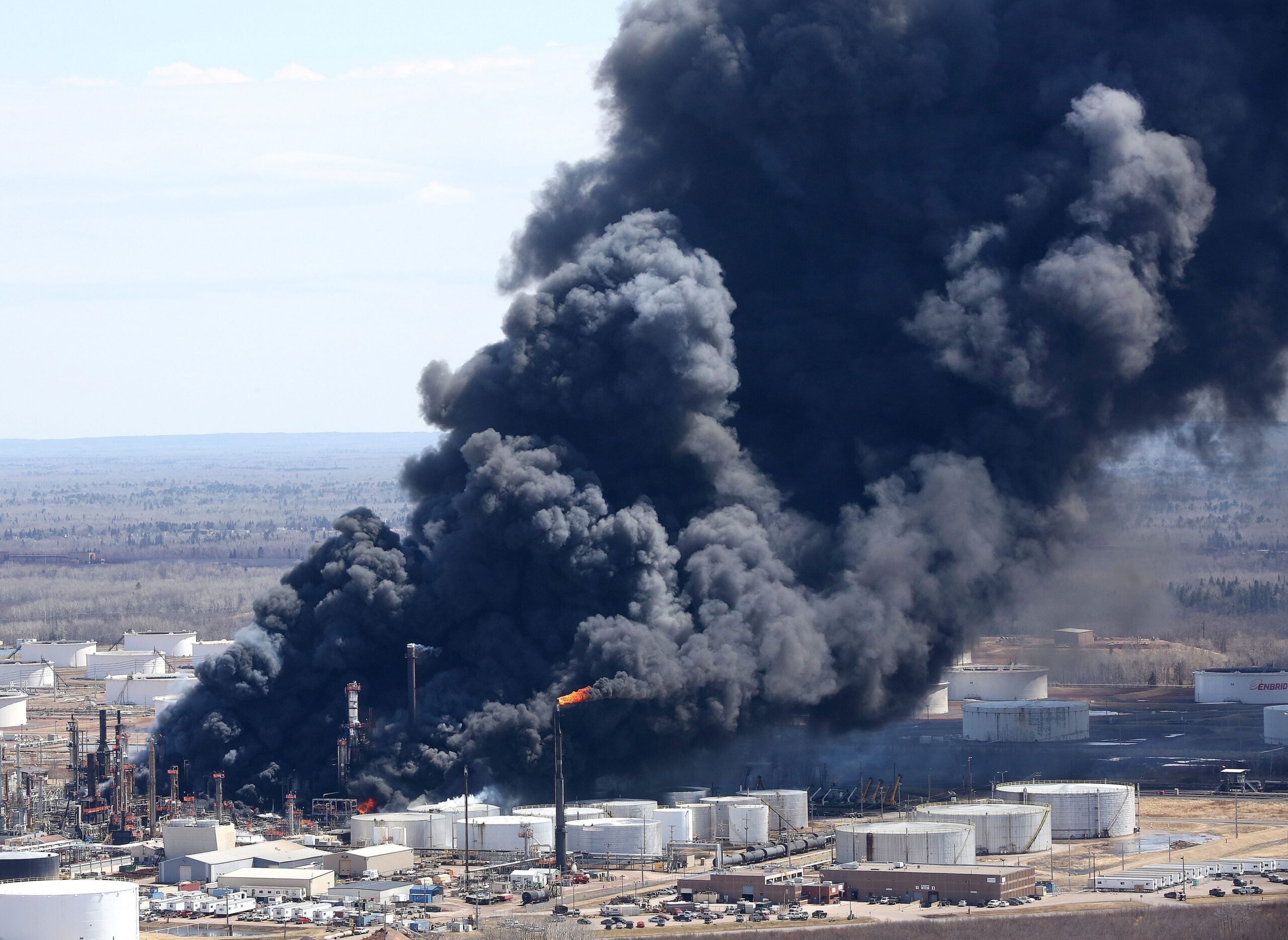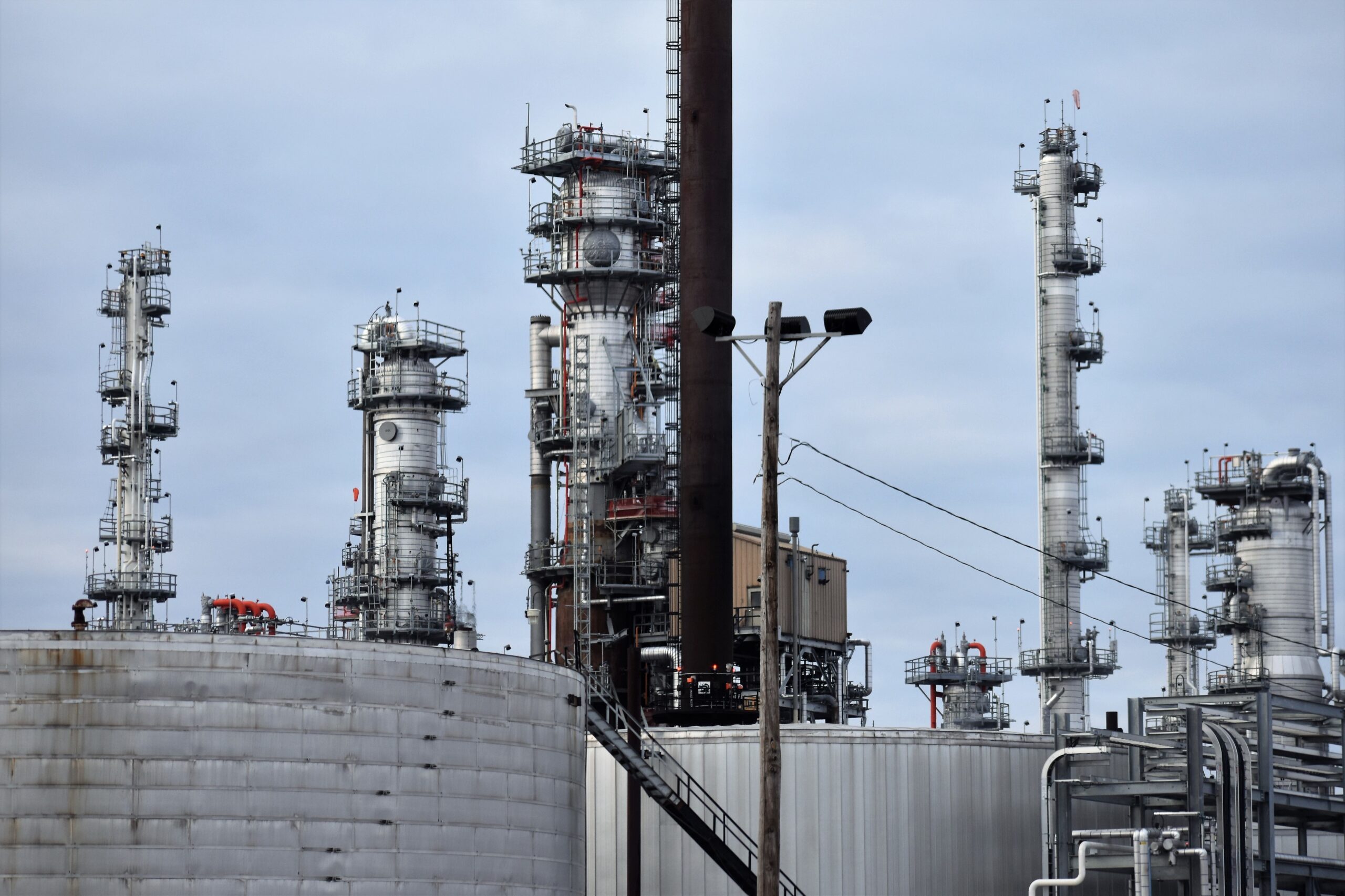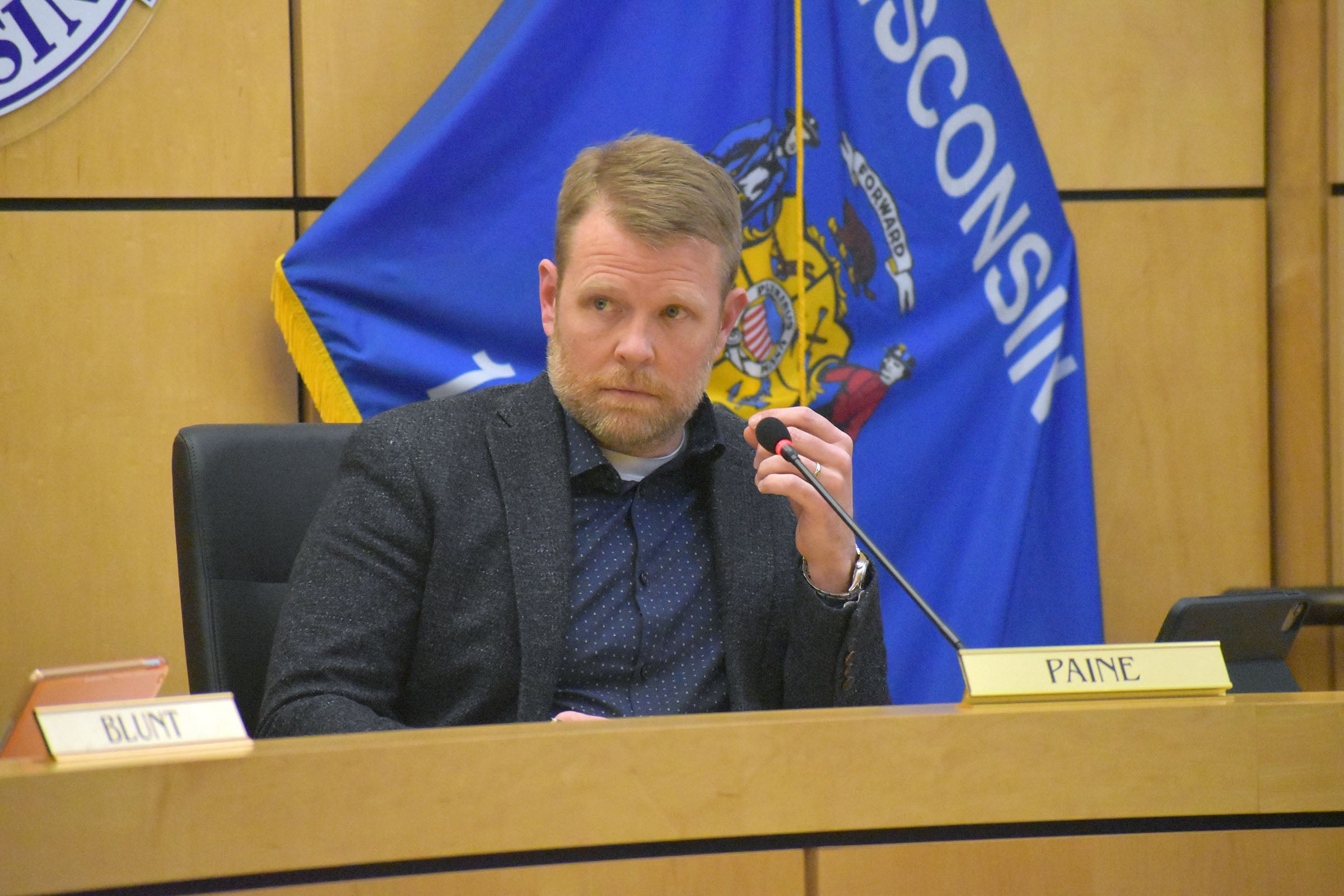Superior officials say they’d like the state to upgrade their hazmat team designation in order to access funding and resources to respond to hazardous materials in the wake of explosions and fires at the Husky Energy oil refinery.
In the last decade, Wisconsin conducted a review of the state’s hazardous materials response, which created a tiered system of teams with various levels of capabilities. Previously, the state had eight regional response teams. Now, Wisconsin has 21 hazmat teams that fall under either a Type I, II or III designation for response. Despite the change, Superior officials say they often have to be self-sufficient in terms of resources.
“We’re a long way from the next hazmat team, for instance,” said Superior Fire Department Chief Steve Panger. “I think the closest … would be a level one team (that’s) in Eau Claire. The deployment for those resources are sometimes several hours away.”
News with a little more humanity
WPR’s “Wisconsin Today” newsletter keeps you connected to the state you love without feeling overwhelmed. No paywall. No agenda. No corporate filter.
Superior has a Type II hazmat team, which means it’s capable of responding to unknown chemical releases. Superior Mayor Jim Paine said the Twin Ports have enough hazardous materials to warrant a Type I designation.
“We deserve to be able to respond to those more effectively than waiting for a team to respond from Eau Claire,” said Paine. “We’ve had resources at that level before. I think the state should commit to making sure that we can meet some of the very serious potential risks that exist in this community.”
Superior’s fire chief said they experienced a reduction in funding when the state restructured its hazmat response system. The changes were intended to provide more coverage and resources for communities statewide, said Brian Satula, administrator of Wisconsin Emergency Management.
Hazmat teams receive an annual appropriation of roughly $1.2 million, Satula said.
As the number of teams grew, funding for hazardous response was spread out further to meet those needs. However, Satula noted the agency has been adding resources for Type I teams. Those teams are capable of responding to events that may rise to the level of nuclear, biological or chemical terroristic threats.
“There are very few of those kinds of incidents across the country, but we know that we need that capability because we have areas of the state that have risk,” said Satula. “We want to be able to meet that risk.”
The Eau Claire and Milwaukee areas have the two teams in the state capable of meeting those threats. Prior to the change, all regional response teams were at a Type II level like Superior.
Satula said he doesn’t think changes to the state’s hazmat response system impacted Superior’s response to the recent explosions and fires at Husky Energy.
“In fact, had they activated the system it would’ve helped them much better … previously, they would have had to go it alone on hazardous materials,” Satula said.
Superior could’ve utilized Type III teams in Barron County for assistance had they needed more resources, said Satula. However, some resources are lacking in northern Wisconsin like firefighting foam, which helped extinguish the refinery blaze. The Superior Fire Department utilized an industry partnership with Husky Energy, Enbridge Energy and Planes Midstream to access around 5,000 gallons of foam to fight the fires, said Panger.
“We had foam coming up from the supplier the day of the incident,” said Panger. “They were making foam and they put it on a trailer, and it was there the next day to restock the supply that we had used.”
Superior officials reached out to Wisconsin Emergency Management for foam supplies and the Minnesota Air National Guard’s 148th Fighter Wing in Duluth for a crash rescue truck that contains the firefighting product, Satula said. Superior officials later canceled those requests once the last fire was out. However, Panger said the incident underscores the need to have state resources nearby.
“When we have situations like this, it really highlights the level of support that should come from the feds and the state to help us with resources in this area for emergency response,” Panger said.
Satula said they were already exploring a foam cache for the Superior area before the refinery incident occurred. The agency is looking to store firefighting foam in northern Wisconsin this year once funding is available and agreements can be reached with a community and supplier.
Wisconsin Emergency Management began adding foam reserves statewide several years ago in the wake of concerns stemming from increased crude oil transportation. Satula said they’re examining a foam cache for either Rice Lake or Superior, noting Rice Lake may make more sense.
“Instead of putting all of the eggs in one basket, it’s better to spread it out just a bit so that not everybody that is responding to that incident is there, and they wouldn’t have the additional help to move those resources,” Satula said.
At the same time, the state has been attempting to supplement resources for hazmat teams through the Wisconsin Homeland Security Grant Program. Lawmakers also added an additional $500,000 in the 2017-19 state budget to upgrade equipment. Satula said equipment was a big issue for fire chiefs and others involved in the negotiation process when the system was restructured.
“We’re responding to that request when we reallocated the funds,” Satula said. “We’re making up for it in different ways for the individual teams that needed that equipment.”
Wisconsin Public Radio, © Copyright 2025, Board of Regents of the University of Wisconsin System and Wisconsin Educational Communications Board.







